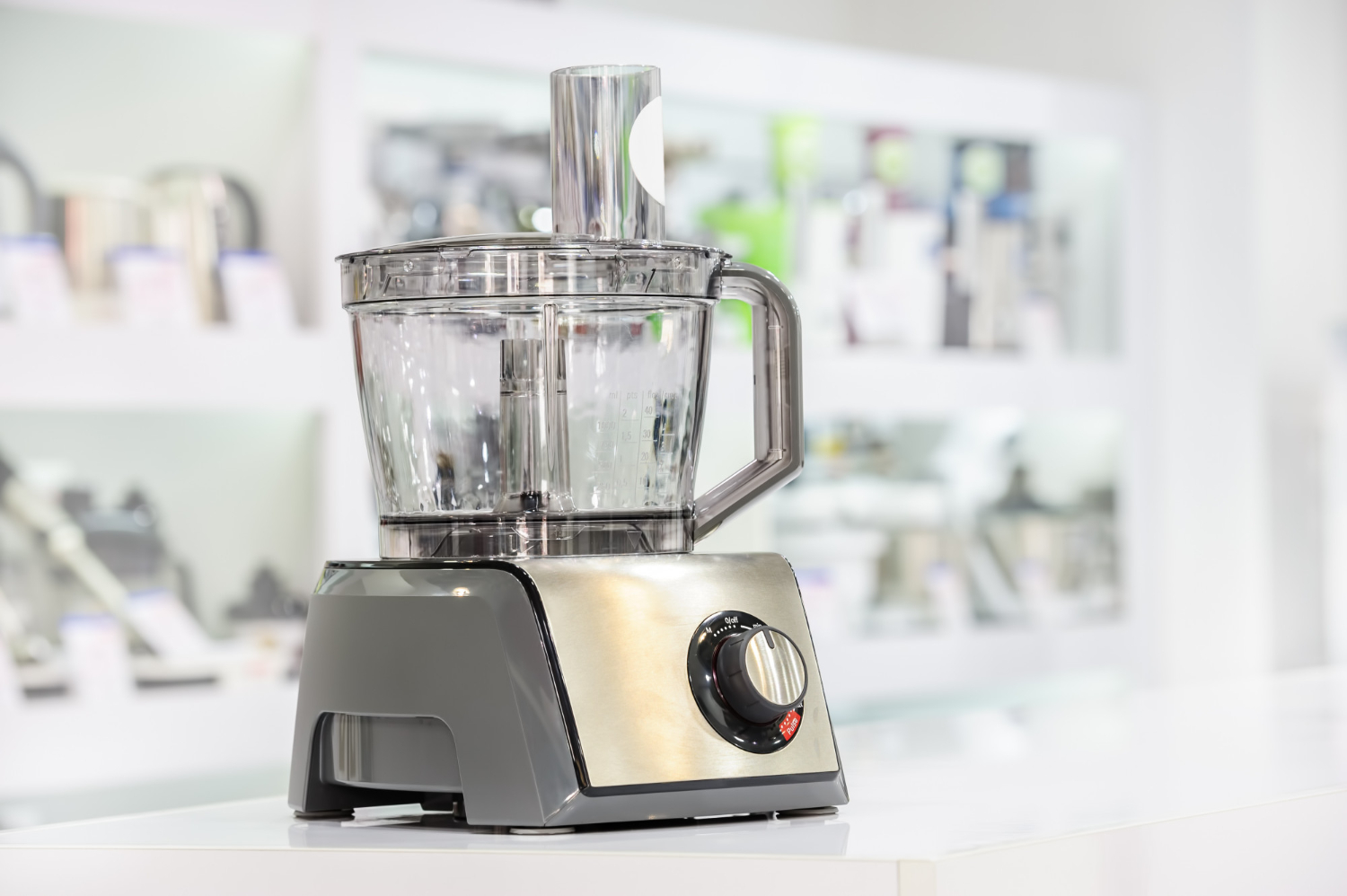The essential principle underlying a food processor is self-explanatory. Food processors are appliances that can prepare food in multiple ways. As any particular recipe requires, it can chop, slice, grate, mix, shred, emulsify, and puree food items.
Preparing your meals with a food processor requires specific knowledge, but after you’ve got the hang of it—you’ll use this every time. However, before you can give up your food processors, it is still necessary to grasp its limitations and try to use other alternatives.
Indeed, this flexible device can multitask several food preparation techniques. You can use it in slicing, cutting, shredding, grating, thinning, and so much more. But what will you do once you don’t have a food processor in hand, or it got broken?
The answer relies on your knowledge of bypassing the need to use food processors. Several kitchen tools and procedures can be used instead of a food processor. Most jobs can be done with a blender, mixer, chopper, grinder. You can still break down most food items by everyday kitchen items like a rolling pin, mortar, pestle, and even your hand.
What Can I Use If I Don’t Have a Food Processor?
We all enjoy fresh and wholesome homemade food. It provides our tastebuds with joy and makes sure our bodies have sufficient nutrition. But it could be a strenuous effort to prepare these foods from scratch. It takes a lot of time and energy to cut the fruit, shred the vegetables or cut down the meat by hand.
For some time, food processors have been dependable kitchen equipment for every American household. You can undoubtedly find the model for you according to your budget and cooking needs.
Here are nine different choices for food processor substitutes to get you out of this dilemma. They are grouped so that you may locate the most efficient ones more quickly.
- A blender would be the easiest and most effective substitute for a food processor. It essentially can puree your fruits and vegetable or mince your selected proteins.
- A mixer is another effective alternative if you want the maximum in the quickest time feasible to get with minimal effort. Mixers are available in many designs so that every user can discover the appropriate framework to make their dish a success.
- For specific recipes and food items, a conventional food chopper can be handy. You need to let the chopper do the tiring chore of chopping and mincing several food items. Plus, it is cleaner and requires minimal working space.
- Just like mixers, grinders are available in many different variations to meet each home cook’s needs. For example, some specialize in mincing meat while others work better with nuts.
- Large grater. You can use huge graters to cut the food product if you have a separate meat mincing device. One can offer you a variety of ways to cut fruit and veggies.
- Mortar and pestle. While it’s not the most convenient, you can use mortar and pestle to grind food. Although it may not be as effective and require a great deal of time, it is still a possible solution.
- Rolling pin and bag. The bag must be resealable, so you can close it before smashing the product and then quickly get the resulting mush. Use a smooth, stable surface to succeed in this operation.
- The last way to do this is to rely on the good old gas stove. This choice certainly does not apply to the cutting of food items.
- While slicing with a knife is not too complicated, effort, hand cramps, and strains may occur. Moreover, it is almost impossible to make a puree in this method.
Can I Use a Blender If I Don’t Have a Food Processor?
If you don’t own a standard food processor or want to get one, a blender is the next best thing to consider. These kitchen appliances are not identical, as a blender usually is intended for a specific purpose: blending.
Still, a good-quality blender can “process” fruit, vegetables, nuts, and meats once you become familiarized with its power and the way it works. They don’t function with almost the same accuracy as a processor but are compatible with diverse meals and ingredients.
To use your blender as a substitute for a food processor, you may follow these easy-to-follow steps:
- First, you must modify the speed setting and slow down the mixing operation.
- Blenders function incredibly fast and, in less than 60 seconds, liquefy solid meals. This is considerably quicker compared to food processors. You will have to modify various configurations from pure or liquid to normal.
- Blenders make beverages, puree, or juices; you chop food or chunks mainly in a food processor. Do not add liquids, as that allows you, like a food processor, to have a thicker texture.
- The only thing you cannot do with a standard blender is to chop, slice, shred, and You have to do it with a knife if you want to cut, slice, and chop vegetables or fruits.
Is A Food Processor Necessary?
Since food processors are electrical kitchen equipment capable of carrying out numerous duties, alternative equipment with equivalent capacity is appropriate. For this reason, mixers, grinders, and blenders are recommended as the best alternatives to a food processor. This minimizes your manual work and simultaneously improves efficiency.
Blenders may or may not be recommended as a food processor alternative. The same functions may apply to a blender and food processor, although each performs differently. Although a handful of meals can be prepared in a blender rather than a food processor, the option is still quite limited.

